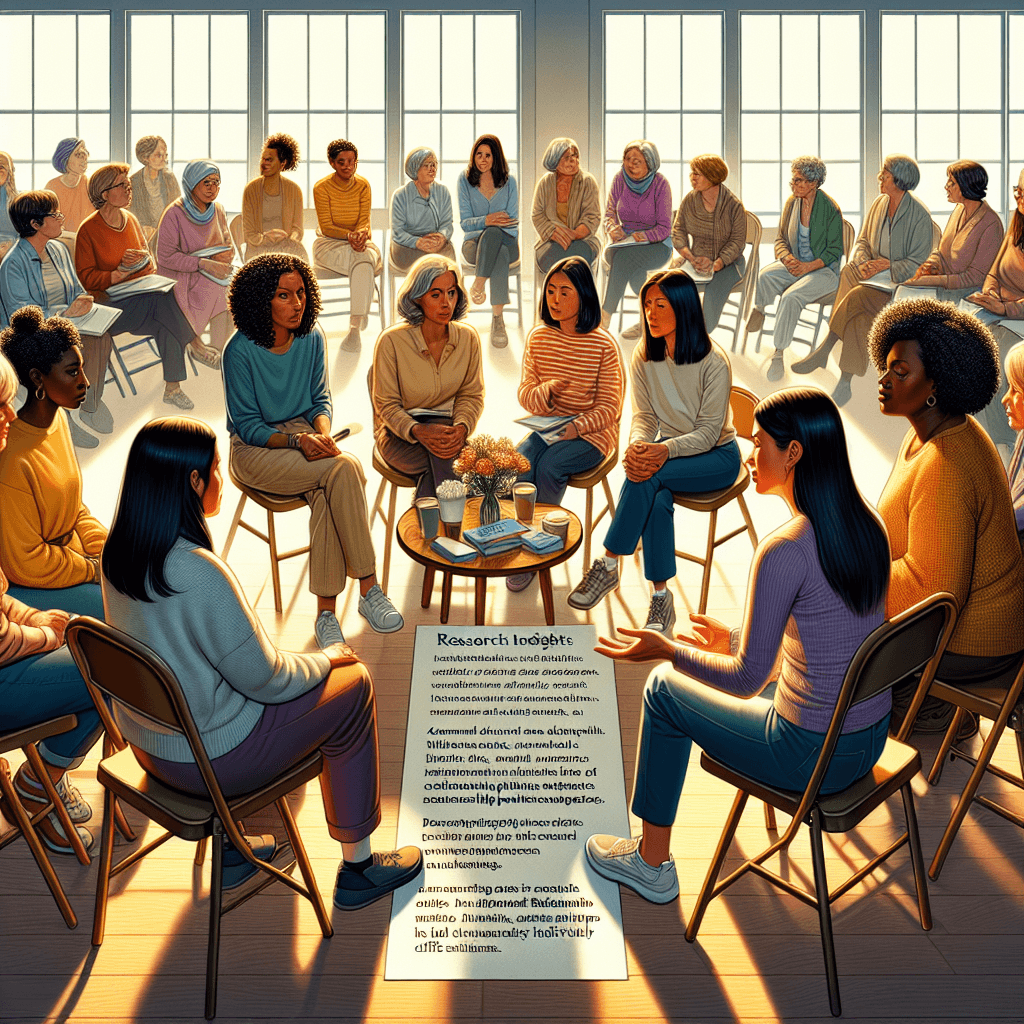
Understanding the Myth Behind the Lesbian 'U-Haul' Stereotype and What Really Drives It
Category: intimacyPublished: 10/30/2025Views: 97Likes: 79
Where the 'U-Haul' Stereotype Originated and How It Took Off
If you've ever spent time around lesbians, been part of the queer community, or browsed the LGBTQ+ corners of the internet, you’ve probably come across that classic joke: 'What’s the first thing a lesbian brings to a second date? A U-Haul.' This punchline was popularized in the early 1990s by a comedian who appeared on a national talk show, making the phrase widely recognized beyond queer circles.
This joke became a cultural touchpoint—it boosted visibility for lesbian relationships but also started to shape public perception in complicated ways. What began as a lighthearted inside joke became a stereotype that many outside the community repeated without understanding the nuances or without the playful context it originally had. It’s a stereotype that stuck around for decades, coloring how many people imagine queer relationships progress.
Why Some Lesbian Relationships Seem to Move Fast—and Why That’s Not a Bad Thing
I get it—the joke has its funny side, and I’ve lived some of it myself. I remember leaving clothes at my girlfriend’s place or using the 'L' word within weeks, something I never did with past straight relationships. Many lesbian couples seem to dive into commitment faster, and there’s even a stereotype around couples moving in together quickly. But why does this happen? Is it just a rushed romance or something deeper?
In practice, many queer women jump into meaningful conversations early during dates—talking about their backgrounds, dreams, and feelings with an openness that can make it seem like they’ve known each other for years. This early emotional intensity often speeds up how the relationship feels, making traditional timelines like 'define the relationship in three months' feel less relevant. It’s not about rushing for rushing’s sake; it’s about genuinely connecting on a deep level.
And here’s an important point: moving quickly or slowly in a relationship isn’t good or bad inherently. The key is finding what works best for you and your partner, without forcing yourself to meet culturally set milestones. In fact, most couples, regardless of their sexual orientation, are following their own unique rhythms rather than a one-size-fits-all timeline.

Separating Fact from Fiction: What Research Really Says About Lesbian Relationship Timelines
Contrary to popular belief, research doesn’t support the idea that lesbian couples universally move faster or jump into cohabitation sooner than other couples. Studies have shown that relationship speeds vary widely and tend to depend more on life circumstances and ages rather than gender or sexual orientation.
For example, a recent report found only about a quarter of lesbian or gay women thought they had moved in together too quickly, and this is quite comparable across relationship types. Earlier research from 2018 concluded that once you control for age, there’s no major difference in how fast lesbian couples cohabit compared to heterosexual ones. So, the stereotype of lesbians being eager to 'commit' faster is more myth than fact.
What truly influences how quickly couples move in together or deepen their relationship bonds are practical elements like where they are in life, their personal needs, and the opportunities they have, rather than stereotypes based on identity.
Why Queer People Sometimes Feel Pressure to Speed Up Relationships—and How Community, Scarcity, and Safety Play a Role
So, if the data shows lesbian couples aren’t inherently rushing more than others, why does the stereotype persist? One big factor is the reality of the dating landscape within the queer community. Compared to straight people, queer folks often have a significantly smaller dating pool, especially in less populated areas. This scarcity can create a pressure—not always conscious—to jump in quickly when a connection feels right.
In places where the queer population is low, meeting someone who you genuinely vibe with can feel like finding a rare gem. It’s natural to think, 'Is this the one? Should I hold on tight because there might not be many like them?' The mindset of 'going all in' — whether moving in together, committing early, or making long-term plans — comes from that sense of limited options, amplified by the desire to not miss out on a meaningful relationship.
Dating apps also reflect this scarcity. Many queer users report quickly running out of potential matches on popular apps like Tinder, Bumble, or Hinge, especially queer women of color who notice even fewer compatible matches. This can heighten the feeling of urgency to seize good matches when they appear, leading to faster relationship milestones.
Another important influence is representation—or often, the lack of balanced, healthy depictions of queer relationships in media. When most queer couples shown on TV or film are portrayed with drama or dysfunction, it can make it harder to imagine stable, supportive relationships. This contrast sometimes pushes queer couples to work harder to keep relationships strong, sometimes accelerating commitment to safeguard what they have.
Historically, lesbian stories on screen have often involved turbulent dynamics, which is far from the healthy relationship models many seek in real life. Celebrating more positive, realistic queer relationships in media and social spaces can help ease some of these pressures and create a more grounded perspective.

Breaking Down Emotional Stereotypes and the Real Reasons Behind the 'Urge to Merge'
One of the long-standing clichés about lesbian couples is that their decisions are led by emotion, given societal stereotypes that women are more in tune with their feelings and carry emotional labor more often. While things about emotional work are complex and can't be generalized perfectly, there is some truth to women typically engaging in conversations about feelings and relationship challenges more than men on average.
When two women are in a relationship, research suggests they may foster emotional openness sooner, which can lead to stronger emotional bonding early on. This could contribute to the perception that lesbian relationships move faster, because both partners might be more tuned in emotionally and willing to express their thoughts and feelings openly.
On the flip side, in many straight relationships, there can be an imbalance in who takes on emotional labor, sometimes leading to uneven progression and mixed feelings about moving the relationship forward. This dynamic changes how fast or slow relationships evolve, adding complexity to the stereotype of speed tied to gender or sexual identity alone.
Unfortunately, rigid gender stereotypes, like women being 'too emotional' or men 'unable to commit emotionally,' feed into simplified ideas about relationship behaviors. These assumptions don’t tell the full story and can obscure the unique ways every couple builds their connection.
In fact, looking at lesbian relationship progression historically, the reasons for moving in together quickly were often rooted in practical needs like safety rather than just romantic impulse.
The Historical Context: How Safety Concerns Shaped Relationship Patterns in Lesbian Communities
The idea of diving into a long date or moving in with a partner quickly might seem sweet now, but for many queer women in previous generations, this choice was often about more than just love or romance—it was a matter of survival and practicality.
Back in the mid-1900s, being openly gay could lead to serious consequences. Government surveillance targeted queer people, including policies under certain presidents that led to job losses and discrimination. This period, often overshadowed by larger historical narratives, was marked by fear and the need for secrecy.
Amidst these challenges, underground queer communities formed, providing a space for connection and support. Some lesbian couples decided to live together under the guise of roommates to protect themselves from scrutiny or danger. Cohabiting wasn't just about convenience—it often provided emotional and physical safety in a world that was hostile toward them.
While society has changed significantly since then, sometimes fears around safety and acceptance still influence how queer couples approach relationships today. Political and social shifts in recent years have reminded many queer people that security and rights can still feel fragile depending on where you live.
Though most today choose to move in together from a place of desire, not necessity, the legacy of needing safety can still echo in relationship dynamics for some.
Stay Updated with Women's Spot Insights
Get the latest women's health tips, wellness advice, and expert insights delivered directly to your inbox.
We respect your privacy. Unsubscribe at any time.

Tips for Navigating Your Own 'U-Haul' Moment: Making It Work Your Way
If you’re feeling the urge to take your relationship to the next level—maybe even thinking about moving in with your partner—you’re not alone. While experts caution that it's important not to ignore any red flags, feeling excited and confident about this step is a wonderful sign.
One guideline many suggest is the 'one-year rule'—waiting about a year before officially moving in together. This timeframe lets you experience your relationship in various situations like holidays, trips, family gatherings, and everyday life, giving a fuller picture of how you connect.
That said, there’s no one-size-fits-all here. If you and your partner are ready sooner, that doesn’t mean you’re rushing or naive. What’s crucial is going into it with intention and ensuring the decision comes from a desire to live together rather than financial necessity or external pressure.
Also, it’s wise to have a plan in place in case things don’t work out. Saving some money, keeping close friends or family as a support system, and knowing your options can help ease the anxiety of cohabitation ending. Planning ahead is empowering and puts you in control of your future.
Lastly, leaning on your community—especially the LGBTQ+ community—is invaluable. Connecting with people who have experienced similar journeys can provide understanding and guidance, helping you navigate pressures or expectations you might face from those outside your circle.
Remember, there’s no perfect speed for relationships. The best timeline is the one that fits your unique situation, priorities, and feelings. And if moving to Home Depot for packing supplies is your kind of second date, enjoy every moment—and don’t forget the packing tape!
Comments
No comments yet. Be the first to share your thoughts!